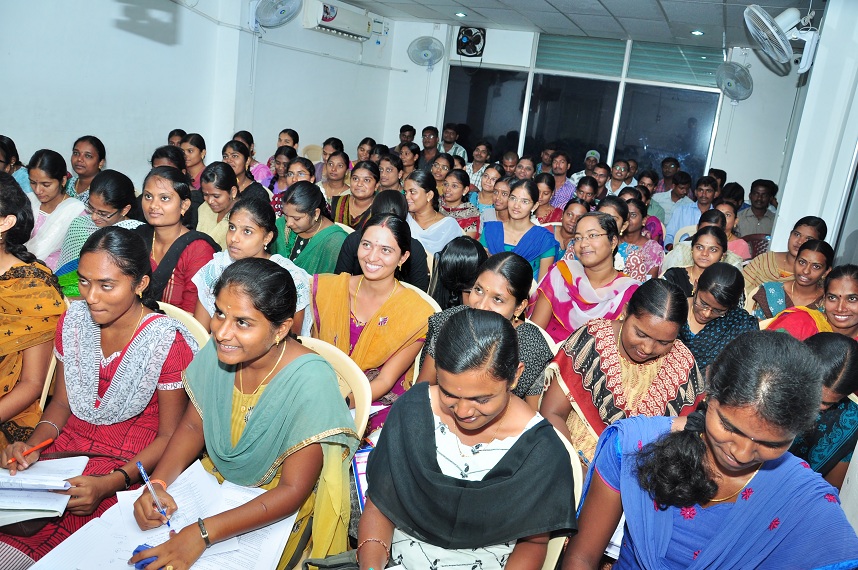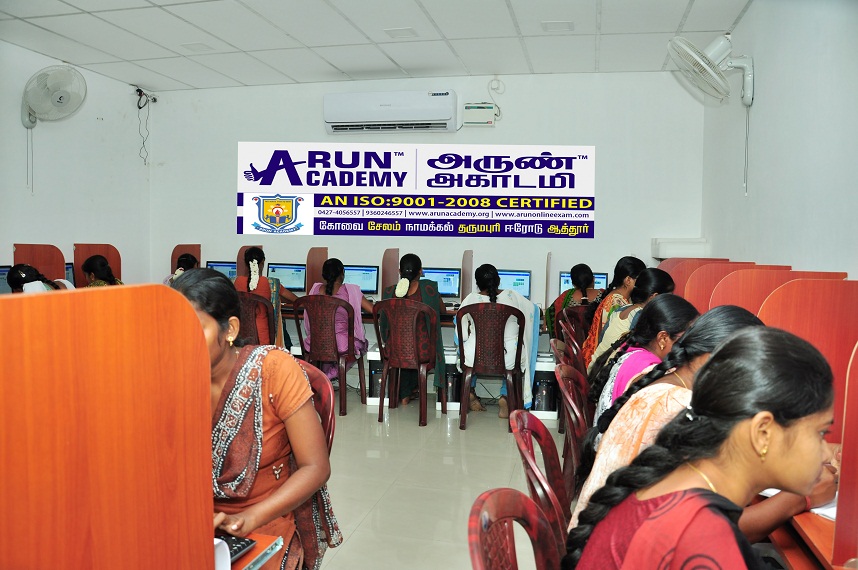- Remaining Timing :-
(1). Who is the author of the book titled by z-factor
- (a). Julian Barnes
- (b). Gautam Bhatia
- (c). Shri subash Chandra
- (d). Jhumpa Lahiri
- (e). None of these
Explanation:
Summary The pioneer who gate-crashed his way to the top Subhash Chandra, the promoter of Essel/ Zee Group, is an unlikely mogul. Hailing from a small town in Haryana, where his family ran grain mills, Chandra has been a perennial outsider, repeatedly aiming high and breaking into businesses where he was considered an interloper. Starting work as a teen to pay off family debts, Chandra had to rely on bluff, gumption and sheer hard toil to turn things around. A little bit of luck and political patronage saw him make a fortune in rice exports to the erstwhile USSR. Always a risk-taker, Chandra then had the vision of getting into broadcasting early, even as established media players failed to see its potential. His Zee TV, India's first private Indian TV channel, changed the rules of the game and tickled the fancy of a public starved of entertainment. Several gutsy initiatives followed, though not all of them were successful. Chandra's attempts to launch satellite telephony and a cricket league came a cropper. But the man continues to reinvent himself; he is now also focusing on infrastructure and smart cities. This is an unusually candid memoir of a truly desi self-made businessman who came to Delhi at age twenty with seventeen rupees in his pocket. Today, he has a net worth of $6.3 billion and annual group revenues of about $3 billion. About the Author Subhash Chandra is the promoter of Essel/Zee Group of companies, which is a major player in the fields of media and entertainment, packaging, technology, infrastructure and education. Pranjal Sharma has been in print, digital and TV media for twenty-five years. He has led teams at India Today Group and CNBC Network 18, and was founding executive editor of Bloomberg TV in India. He currently writes for Business world and hosts a show for Zee Business.
(2). Who is the author of the book titled by The Turbulent Years – 1980-1996 – Vol II
- (a). Nagi Loktus
- (b). Kartar Lalvani
- (c). M M Agarwal
- (d). Pranab mukherjee
- (e). None of these
Explanation:
A sharp insider's account of the many political and economic decisions that shaped the future of modern India. The Turbulent Years opens in the 1980s. Sanjay Gandhi is dead under unexpected, tragic circumstances; not many years later, Indira Gandhi is assassinated; Rajiv Gandhi, 'the reluctant politician', abruptly becomes India's Prime Minister. Pranab Mukherjee was witness to (and, sometimes, a participant in) the momentous events of the 1980s and the 1990s, a period that was indisputably the most turbulent in India's post- Independence history. An insider, he sheds new light on every major political occurrence of the time from Rajiv Gandhi's ascendance as India's Prime Minister to the emergence of P.V. Narasimha Rao as a leader of the nation; from Operation Blue Star to the Babri Masjid fiasco. Equally, Mukherjee is candid about each of the professional crises that marked this period of his career the rumours that he wanted to elbow aside Gandhi and P.V. Narasimha Rao • Presents a revealing picture of how a democracy functions, covering one of the most controversial periods between 1980 and 1996 • Gives a blow-by-blow account of Mukherjee's return to Delhi from Contai alongside Rajiv Gandhi on 31 October 1984, the day Indira Gandhi was assassinated • Openly talks about the incidents leading to Mukherjee's expulsion from the Congress party, and the years of struggle that followed as well as his failed attempt at starting a political party • Narrates in great detail the infamous tussle between Swraj Paul and DCM/Escorts • Chronicles the shocking demolition of the Babri Masjid and presents 5 Mukherjee's candid views on whether the Narasimha Rao government could have done anything differently to prevent it. • The most-awaited second volume of Pranab Mukherjee's memoirs, after the bestselling The Dramatic Decade About the Author Dr. Pranab Mukherjee is the 13th President of India who is currently in the 4th year of his power and has been involved in Indian Politics for over 60 years. Dr. Mukherjee was a senior leader in the Indian National Congress and played an active role in Rajya Sabha as well was Lok Sabha. Pranab Mukherjee's intellectual and political knowledge is widely admired and he is the recipient of Padma vibushan award.
(3). Who is the author of the book titled by Tolerance
- (a). Pranab mukherjee
- (b). Mamata Banerjee
- (c). Sunil Gavaskar
- (d). Sachin Tendulkar
- (e). None of these
Explanation:
Banerjee has dealt with religion in her book and explained that religion cannot be 'white or black' . Her latest releases include 'Poribortan' (Change), 'Kobita' (Poems) and 'My Unforgettable Memories'. Written in Bengali, the photobook 'Poribortan' chronicles Banerjee's meteoric rise from a grassroot level worker to the highest echelons of power in West Bengal. 'Kobita', on the other hand, is a collection of around 60-70 poems that catches the firebrand leader in a melancholy mood as she writes about the inevitable death. Both the books are brought out by Deys' Publishing while 'My Unforgettable Memories' is by Roli Books.
(4). Anything But Khamosh book authored by?
- (a). Shatrughan Sinha
- (b). Gautam Bhatia
- (c). Razack
- (d). Andy Marino
- (e). None of these
Explanation:
Every success story has its price to pay. So did Shatrughan Sinha (SS) who achieved the impossible twice over. The youngest and the most pampered in a family of academics and doctors where four sons were named after the four brothers of the Ramayan, SS stood out defiantly different. He was born for applause and the limelight; he was besotted with Raj Kapoor and cinema. In the face of stiff opposition from disciplinarian father Bhuvaneshwar Prasad Sinha, mother Shyama Devi's chhutka bauwa (little darling) set out for the Film Institute of India (now FTII) in Poona. Bombay was the next logical destination. Without Kapoorian good looks or any connection with the Hindi film industry, the unknown scarface from Patna went on to create history on celluloid. In politics too, with no known surname or family to power his entry, he set a record as the first film star from India to be sworn-in as a Cabinet Minister. Anything But Khamosh: The Shatrughan SinhaBiography, is a rivetingly honest read that retraces the hurrahs and heartaches of India's most popular BihariBabu.
(5). Two Year Eight Months and Twenty –Eight Night book authored by
- (a). Pramod Kapoor
- (b). Salman Rushddi
- (c). Harper Lee
- (d). Chaitanya Padukone
- (e). None of these
Explanation:
NEW YORK TIMES BESTSELLER • NAMED ONE OF THE BEST BOOKS OF THE YEAR BY The Washington Post • Los Angeles Times • San Francisco Chronicle • Harper's Bazaar • St. Louis Post-Dispatch • The Guardian • The Kansas City Star • National Post • BookPage • Kirkus Reviews From Salman Rushdie, one of the great writers of our time, comes a spellbinding work of fiction that blends history, mythology, and a timeless love story. A lush, richly layered novel in which our world has been plunged into an age of unreason, Two Years Eight Months and Twenty-Eight Nights is a breathtaking achievement and an enduring testament to the power of storytelling. In the near future, after a storm strikes New York City, the strangenesses begin. A down-to-earth gardener finds that his feet no longer touch the ground. A graphic novelist awakens in his bedroom to a mysterious entity that resembles his own sub–Stan Lee creation. Abandoned at the mayor's office, a baby identifies corruption with her mere presence, marking the guilty with blemishes and boils. A seductive gold digger is soon tapped to combat forces beyond imagining. Unbeknownst to them, they are all descended from the whimsical, capricious, wanton creatures known as the jinn, who live in a world separated from ours by a veil. Centuries ago, Dunia, a princess of the jinn, fell in love with a mortal man of reason. Together they produced an astonishing number of children, unaware of their fantastical powers, who spread across generations in the human world. Once the line between worlds is breached on a grand scale, Dunia's children and others will play a role in an epic war between light and dark spanning a thousand and one nights—or two years, eight months, and twenty-eight nights. It is a time of enormous upheaval, in which beliefs are challenged, words act like poison, silence is a disease, and a noise may contain a hidden curse. Inspired by the traditional "wonder tales" of the East, Salman Rushdie's novel is a masterpiece about the age-old conflicts that remain in today's world. Two Years Eight Months and Twenty-Eight Nights is satirical and bawdy, full of cunning and folly, rivalries and betrayals, kismet and karma, rapture and redemption.
(6). Sri Govind Pansare recently released a book. What is the name of the book?
- (a). The Noise of Time
- (b). Erotex
- (c). One Indian girl
- (d). Who is shivaji
- (e). None of these
Explanation:
Who was Shivaji? A medieval ruler (1627-80) who embraced what is known today as Hindutva politics and was bitterly anti-Muslim? Or was he an able king who did not discriminate on the basis of religion and constantly worked to better the lives of peasants and other oppressed communities? This is the book - the outcome of a speech delivered in May 1987 - that probably cost CPI leader Govind Pansare, 67, his life. Two gunmen on a motorcycle shot him when he was on a morning walk with his wife in Kolhapur in Maharashtra on February 16, 2015. He died in Mumbai. The killers were never caught. Read the racy and hugely informative book, and it is clear that Pansare was most probably killed for portraying Shivaji in a rare new light - based on sound research. It is no wonder the book has been printed in eight languages and is seen as a counter to Shivaji's image portrayed by dominant Hindu nationalist discourse. Shivaji was a hugely popular king because he reined in feudal lords and introduced rules and regulations regarding what the Jagirdars, Deshmukhs, Vatandars (landholders), Patils and Kulkarnis should do and should not. Shivaji's state punished guilty feudal bosses, a dramatic development in the life of peasants who immediately identified themselves with the king and willingly took part in his military expeditions. Shivaji maintained low rates for rent and taxes on land, severely punished rapists, took the administration close to the ordinary folks by doing work in Marathi, told his soldiers never to loot from peasants or torment women, and led a life of personal morality. Contrary to popular perception, Shivaji had many Muslims working under him. They held very important positions in his army and administration. His naval chief was Darya Sarang Daulat Khan, a personal bodyguard was a young Muslim, and the head of infantry was Noor Khan Beg. Around 1649, about 500-700 Pathans from the Vijaypur Army joined Shivaji. "Shivaji's lieutenants, soldiers and chieftains were not Hindus alone. They were Muslims as well. If Shivaji had undertaken the task of eliminating Islam, these Muslims would certainly not have joined him. (However) Shivaji had set out to demolish the despotic and exploitative rule of Muslim rulers." Shivaji was no doubt religious and proud of being a Hindu. But he fought the Marathas as well. When Mughal warlord Shaista Khan invaded Shivaji's dominion, many Hindu noblemen accompanied Khan, including four of Shivaji's relatives. And in 1665, Shivaji had to concede defeat to Mirza Raja Jai Singh, a satrap of Emperor Aurangzeb, leading to the humiliating treaty of Purandar that led him to surrender his forts, money and son Sambhaji to the Mughal regime. And to oppose Shivaji, some Brahmins in his kingdom performed a 'Kot Chandi Yajna' on behalf of Raja Jai Singh.
(7). Gandhi: An Illustrated Biography is written by?
- (a). Pramod Kapoor
- (b). Sanjeev Sanyal
- (c). Dr KP Mathur
- (d). Scott Kelly
- (e). None of these
Explanation:
His life and ideals remain an inspiration across the world but in reality, it was the complexity of his character that made Mohandas Karamchand Gandhi such a fascinating subject. Yet, much of the finer details of his life and intellectual growth has been obscured by the greatness of his achievements. To bring them all together in this illustrated biography is to bring alive one of the most revered figures in modern Indian history, and in a way that is a departure from earlier works. Gandhi: An Illustrated Biography is an intimate study into the evolution of a mischievous, fun-loving boy, into the Mahatma. From his schooling and early marriage in Kathiawar to his first brushes with the grandeur of London; from his chance employment for a legal case in South Africa to a train ride in Pietermaritzburg that led to his first fight for equality; from a relatively unsuccessful lawyer to a globally celebrated crusader for human rights – Gandhi was that rare rebel who redefined the meaning of mass resistance for generations to come. This book is the result of intensive research and tracks Gandhi's life through photographs sourced from across the world. The chronological text and accompanying photographs bring out his unique complexities – his failures and successes, the intimate relations he shared with his contemporaries, and the difficult one he shared with his own family. This book is a labour of love and an attempt to portray Gandhi's methods and his message for a new generation of readers
(8). Indian Paper Money is written by?
- (a). Razack
- (b). Dr KP Mathur
- (c). Kishlay Bhattacharjee
- (d). Jeffery Archer
- (e). None of these
Explanation:
(9). Sourav Ganguly: Cricket, Captaincy and Controversy written by?
- (a). Kishlay Bhattacharjee
- (b). Saptarshi Sarkar
- (c). Svetlana Alexievich
- (d). Nanda Menon
- (e). None of these
Explanation:
Sourav Ganguly is a difficult icon. He is undoubtedly one of India's most successful captains, one who moulded a new team when India was at its lowest ebb, reeling from the betting scandal. There can be no argument about his cricketing genius, right from the time he scored a Test century at Lord's to the time he led India to the 2003 World Cup final. But the world of cricketing fans is divided into those who adore him fiercely and despise him greatly. He could be arrogant on occasion: Ganguly allegedly refused to carry the drinks as a twelfth man. He constantly challenged authority. Greg Chappell discarded him from the team during his stint as coach. Ganguly cared little for convention: remember the bare-chested celebration at an Indian win? Yet, in all the years of his roller-coaster ride through Indian cricket, no one questioned the man's utter devotion to the game or his team. In this account of one of India's greatest cricketers, shot through with intimate details, Saptarshi Sarkar tackles controversies around the legendary cricketer head on. Racy and gripping, Sourav Ganguly: Cricket, Captaincy and Controversy investigates the big events in Dada's interesting career. It probes the symbiotic relationship between the man and the cricketer. What was Ganguly thinking before a match? Why did he demand that the grass be trimmed just before start of play at the Nagpur pitch? What was the Indian dressing room like? What was that Greg Chappell chapter all about? An unflinching biography of a man who never shied away from controversies, this is as much a ready reckoner for Sourav Ganguly fans as it is an examination of a crucial era in Indian cricket.
(10). Flood of fire book written by?
- (a). Amitav Ghosh
- (b). Kartar Lalvani
- (c). Harper Lee
- (d). Neil Jordan
- (e). None of these
Explanation:
A Christian Science Monitor Best Fiction Book of the Year A Guardian Best Book of the Year A San Francisco Chronicle Best Book of the Year The stunningly vibrant final novel in the bestselling Ibis Trilogy It is 1839 and China has embargoed the trade of opium, yet too much is at stake in the lucrative business and the British Foreign Secretary has ordered the colonial government in India to assemble an expeditionary force for an attack to reinstate the trade. Among those consigned is Kesri Singh, a soldier in the army of the East India Company. He makes his way eastward on the Hind, a transport ship that will carry him from Bengal to Hong Kong. Along the way, many characters from the Ibis Trilogy come aboard, including Zachary Reid, a young American speculator in opium futures, and Shireen, the widow of an opium merchant whose mysterious death in China has compelled her to seek out his lost son. The Hind docks in Hong Kong just as war breaks out and opium is "pouring into the market like monsoon flood." From Bombay to Calcutta, from naval engagements to the decks of a hospital ship, among embezzlement, profiteering, and espionage, Amitav Ghosh's Flood of Fire charts a breathless course through the culminating moment of the British opium trade and vexed colonial history.







